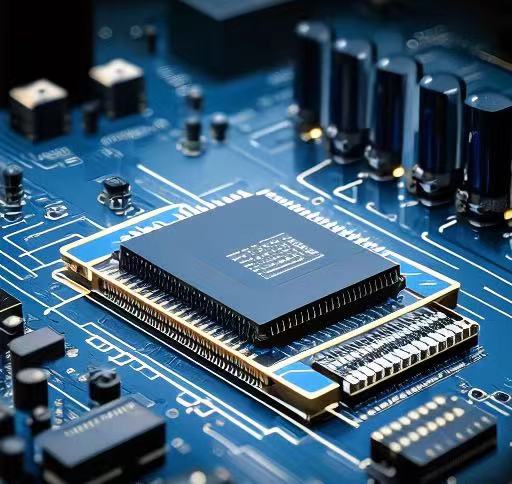

HDI (High Density Interconnect) circuit board is a type of circuit board with high-density wiring and complex interconnect structures. It adopts technologies such as micro aperture, blind through-hole, buried hole, and multi-layer stacking, achieving higher line density and smaller size. According to different design and technical requirements, HDI circuit boards come in various types. The following are some common types of HDI circuit boards:
1. 1+N+1 layer: This type of HDI circuit board consists of one layer of Rigid PCB (rigid circuit board) and multiple layers of Flex PCB (flexible circuit board), where "N" represents the number of Flex PCB layers.
2. 2+N+2 layers: This type of HDI circuit board consists of two layers of Rigid PCB and multiple layers of Flex PCB.
3. 3+N+3 layers: This type of HDI circuit board consists of three layers of Rigid PCB and multiple layers of Flex PCB.
Note: The above "N" represents the number of layers of Flex PCB in the hierarchy, so this number can be adjusted according to design requirements.
In addition to the aforementioned types of HDI circuit boards, there are also some special types of HDI circuit boards, such as:
-High order HDI circuit board: adopting more layers and more complex interconnect structures to achieve higher line density and smaller size.
-Combination of rigid and flexible HDI circuit boards: Combining the characteristics of both rigid and flexible circuit boards, suitable for applications that require the coexistence of rigid and flexible parts.
-High speed signal transmission HDI circuit board: specially designed for high-speed signal transmission, reducing signal distortion and interference.
Each type of HDI circuit board has its specific design and manufacturing requirements, so it is necessary to choose the appropriate type based on specific application requirements. In addition, with the continuous development and innovation of technology, more new types of HDI circuit boards may also emerge.